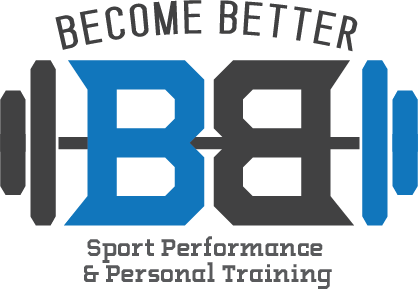Your bones are always in a constant state of being remodeled as osteoblast cells help build them up while osteoclast cells break them down. To increase your bone mass you need to make sure you are building up your bones more than tearing them down. Unfortunately, as you age it gets harder and harder to build or even maintain your bone mass. Exercise is one of the best ways to keep your bones strong and healthy. High impact and weight bearing exercise will help the most by stimulating the osteoblasts to help build those bones up. Most weight lifting exercises can be beneficial.
Most people only think about their bone mass as they get older, but when you start younger you will be able to build up a better base so that when you get older and your bone mass starts to decline you will be starting from a higher position. If you’re already older and at risk for osteopenia/osteoporosis that’s ok. These exercises will still help you maintain and slow down the bone loss that may be occurring. Here is a list of exercises that would be beneficial for your bones (click the exercise for a full tutorial).
I recommend starting with 3-5 sets of 10 repetitions. Increase reps to 15-20 as able. Then consider adding weight by holding a small DB or some heavy books (be creative).
A box often works well to sit down and stand from. Using a chair or couch that you often get up and down from is a good place to start. You can lower the box to get added muscular benefit as you get stronger.
These are harder than squats and can be used as another way to progress yourself as your legs get stronger.
You can start with as little as 5 reps each side and work your way up to 15 each side. Or as you get to 10+ start adding extra weight.
Reverse Lunges, Split Squats, and RFE Split Squats are all common variations that may be used as well.
Step-ups:
These can be done on a typical staircase to start. Aim for 12-15 reps to start. Simply walking up and down a staircase can work.
If you have a box of 12-18 inches you may use this to step on for added benefit. The higher the box, the harder it will be and the less reps required.
Lighter weight to start to work on positioning is recommended.
If you don’t have access to weights, you can use filled grocery bags, suitcases, or other everyday items.
Push-ups (and variations):
Incline Push-ups or Knee Push-ups are recommended to start. Then Progress to Eccentric Push-ups. Sets of 10-15 reps.
Planks (and Side Planks)
Try to work up to 60 seconds at a time.
Progress to Side Planks
Walking - Especially Hiking
Try to walk at least 30 minutes/day
Jumping and running activities help a lot when you are younger, but as you age you will need to keep in mind the effects on your joints that these exercises can have too. If you haven’t been training regularly I don’t recommend adding too many of these exercises in until you get used to the other strength exercises discussed above. Consider hiring a professional trainer to properly progress you through all of these exercises for continued progress. Click here to learn more about why you should hire a personal trainer.
Some Exercises that will have limited effect on your bone mass are:
Cardio using an Elliptical
Biking
Swimming
Keep in mind that these are just a few of the exercises that can be done with little to no equipment. If you have access to a gym there are many additional weight lifting exercises that you can do in addition to the ones listed above.
Key Takeaways:
Osteoblasts help build your bones while osteocytes break them down.
High impact and weight bearing exercises will help build your bones stronger.
It’s best to start exercising when you’re younger to build a better base of strength in your bones because as you age it gets harder and harder to build and maintain your bone mass.
Although high impact exercises can help stimulate bone growth, these activities should be limited and progressed slowly as you get older.

